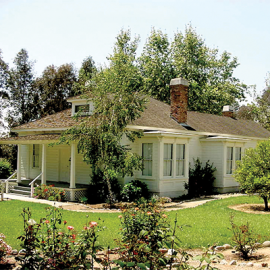Like most cities in California, Rancho Cucamonga is a general law city run under the "Council-Manager" form of government. A general law city is one which operates under laws and rules established by the State of California. The "Council-Manager" form establishes a method of governance which allows for democratic participation, representation through City Council, professional implementation, and efficient operation that comes from a full time professional manager.
Spotlight
History
Learn more about the History of Rancho Cucamonga and how it became the world-class community as we know it today!
Appointed Officials
City Manager
John Gillison
City Attorney
Nick Ghirelli



